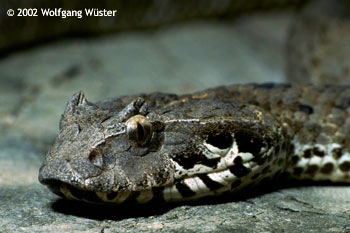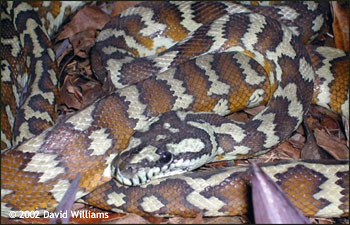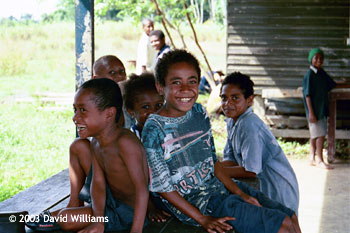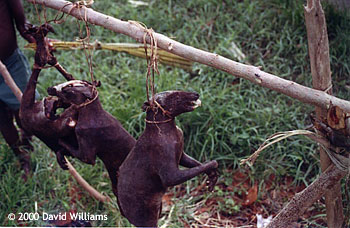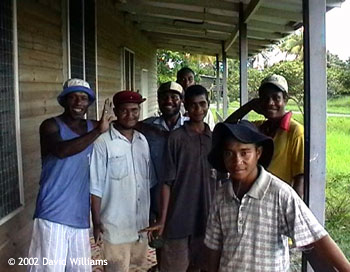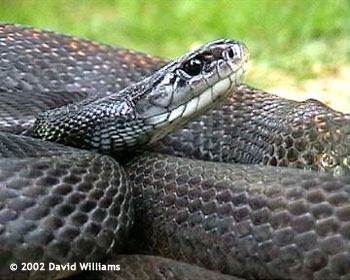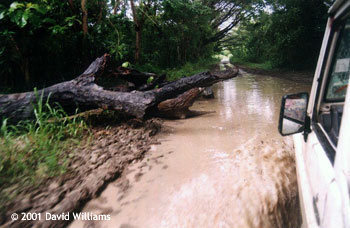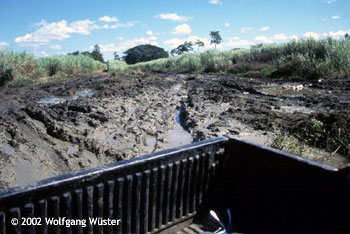A Herper's Life ...
Can it really get much better than sitting on a veranda in the middle of nowhere, in a country on the other side of the world ... enjoying a coffee while a young green tree python explores your fingers??
Wolfgang was mesmerized by this little gem that some local boys brought to us, and I couldn't resist grabbing his camera and sneaking off this shot.
Up until then I had respected Wolfgang immensely as one of the eminent Herper's of our time for his taxonomic brilliance, but let's face it .. the poor schmuck was spending his days stuck in a lab in Wales (of all places!!!) pouring over lab results amid pipette tips and PCR thermocyclers ... hardly a picture that conjures up an image of a dedicated field herper...
Spending time in PNG with Wolfgang changed all that ... his enthusiasm, commitment and dedication to herping were unparalleled ... and I guess this picture captures the true to life image ... this guy really loves herps!
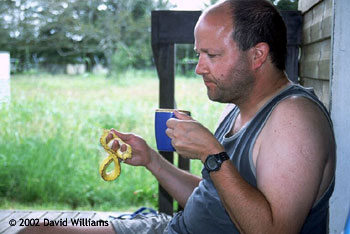
A Herper's life ... Wolfgang kicking back after a hard day in the field admiring a juvenile green tree python (Morelia viridis) after helping it remove a difficult slough.
